|
Buddhist monasticism is flexible. Although it is correct to assume that it is usually necessary for an individual to undergo a period of isolatory training (to establish and stabilise the realisation of the void) - it is also true that compassionate (Bodhisattva) activity must also be pursued throughout the myriad conditions that define worldly existence. This is true of all Buddhist traditions - as even the Bhikkhus of the Theravada School must "walk" (in a self-aware manner) through the surrounding (lay) villages - begging for food on a daily basis. Living a hermitic or cloistered existence is a means to an end and not an end in itself. Of course, this period may be repeated more than once and last any length of time. When entering different situations - the Bodhisattva does not lose sight of the realised void regardless of the external conditions experienced. The Sixth Patriarch (Hui Neng) spent around 15 years living with bandits and barbarians in the hills - retaining a vegetarian diet - even though he was not yet formally ordained in the Sangha. Within China, the Mahayana Bhikshu must take the hundreds of Vinaya Discipline Vows as well as the parallel Bodhisattva Vows (the former requires complete celibacy whilst the latter requires moral discipline but not celibacy). Anyone can be a "Bodhisattva" - whilst a formal Buddhist monastic must adhere to the discipline of the Vinaya Discipline. A lay Buddhist person also adheres to the Vinaya Discipline - but only upholds the first Five, Eight or Ten vows, etc. Vimalakirti is an example of an Enlightened Layperson whose wisdom was complete and superior to those who were still wrapped in robes and sat at the foot of a tree. In the Mahasiddhi stories preserved within the Tanrayana tradition - the realisation of the empty mind ground (or all-embracing void) renders the dichotomy between "ordained" and "laity" redundant. The Chinese-language Vinaya Discipline contains a clause which allows, under certain conditions, for an individual to self-perform an "Emergency" ordination. This is the case if the individual lives in isolation and has no access to the ordained Sangha or any other Buddhist Masters, etc. The idea is that should such expertise become available - then the ordination should be made official. However, the Vinaya Disciple in China states that a member of the ordained Sangha is defined in two-ways: 1) An individual who has taken both the Vinaya and Bodhisattva Vows - and has successfully completed all the required training therein. 2) Anyone who has realised "emptiness". Of course, in China all Buddhists - whether lay or ordained - are members of the (general) Sangha. The (general) Sangha, however, is led by the "ordained" Sangha. As lay-people (men, women, and children) can realise "emptiness" (enlightenment) - such an acommplished individual transitions (regardless of circustance) into the "ordained" Sangha. This is true even if such a person has never taken the Vinaya or Bodhisattva Vows - regardless of their lifestyle or position within society. Such an individual can be given a special permission to wear a robe in their daily lives - but these individuals do not have to agree with this. Realising "emptiness" is the key to this transformative process. Emptiness can be realised during seated meditation, during physical labour (or exercise), or during an enlightened dialogue with a Master. The first level is the "emptiness" realised when the mind is first "stilled". This "emptiness" is limited to just the interior of the head - but the ridge-pole of habitual ignorance has been permanently broken (this is the enlightenment of the Hinayana) - and is accompanied by a sense of tranquillity and bliss. This situstion (sat atop the hundred-foot pole) must be left behind. Through further training, the "bottom drops out the barrel" - and the perception of the mind expands throughout the ten directions. Emptiness embraces the mind, body, the surrounding environment - and all things within it.
0 Comments
133. He converts his body to accord with his mind: he takes the body and mounts it on the mind. He makes its going swift to coincide with that of the mind; for the mind’s mode of going is swift.
He arrives at blissful perception and light perception: he arrives at perception of bliss and perception of lightness that are canascent with the supernatural-power consciousness whose object is the material body. The rest should be understood in the way already described. But here there is only the going of consciousness. (21) 21. “’There is only the going of consciousness’: there is only the going that is the same as that of the mind. But how does the body whose going [being that of matter] is slow, come to have the same going as the mind, which quickly passes? Its going is not the same in all respects, for in the case of converting the mind to conform with the body, the mind does not come to have the same going as the body in all aspects. For it is not that the mind then occurs with the moment of a material state, which passes slowly instead of passing with its own kind of moment, which is what establishes its individual essence. But rather the mind is called ‘converted to accord with the going of the body’ as long as it goes on occurring in a continuity that conforms with the body until the desired place is arrived at. This is because its passing occurs parallel with that of the body whose going is slow, owing to the resolution. ‘Let the mind be like this body.’ And likewise, it is while the body keeps occurring in such wise that its arrival at the desired place comes about in only a few quick passes of the mind instead of passing slowly, as in those who have not developed the roads to power – and this mode of occurrence is due to the possession of the perception of lightness, to say nothing of the resolve, ‘Let this body be like the mind,’ not because it arrives at the desired place in a single consciousness moment. And when taken thus the simile, ‘just as a strong man might stretch out his bent arm, or bend his outstretched arm’ (Vin 1 5) can be taken literally. And this must be accepted in this way without reserve, otherwise there is conflict with the Suttas, the Abhidhamma and the Commentary as well as contradiction of natural law (dhammata). Bhikkhus, I see no other one thing that is so quickly transformed as the mind’ (A 1 10) - here it is material states that are referred to by the word ‘other’ because they do not pass quickly. And in the Abhidhamma only matter is called pre-nascence condition and only consciousness post-nascence condition. And wherever states (dhamma) arise, there they dissolve. There is no transmigration of dhammas by force of the roads to power. But it is possible to affect alteration of the mode in which they are present (bhava)” (Vism-mht 397) Visuddhimagga – The Path of Perfection – The Classic Manual of Buddhist Doctrine and Meditation – Part 2: Concentration (Samadhi) - Chapter XII – The Supernatural Powers - Translated from the Pali by Bhikkhu Nanamoli, BPS, (2010), Page 397 Author’s Note: In 2017, I wrote a short article about the Pali term ‘Bhavana’ and since then, I have been asked to write a more in-depth article regarding the meaning and application of this term in its Pali and Sanskrit context (both different and yet overlapping in places). Whereas in my earlier article (referenced below) I focused a great deal on the Chinese language term for ‘bhavana’ - in this outing I have limited myself to just the briefest of references to the Chinese equivalent – an act of considerable will-power considering Chinese Buddhism is one of my academic specialities (both ethnically and academically). However, I have always held the Theravada tradition in high regard and have been helped tremendously by its many practitioners and institutions around the world! From my Chinese Ch’an practice (and penetration of the empty mind ground) - I have come to see and appreciate how the many different branches of Buddhism (and reality in general) all manifest from the same stout trunk... Although what I convey to you is academically correct – you do not have to accept my conclusions. Always think for yourselves and make-up your own minds! ACW (17.9.2021) When I was studying Theravada Buddhism in Sri Lanka (in 1996), a term I came across continuously was ‘bhavana’ (‘भावना’ Pali and ‘भवन’ Sanskrit) - this was invariably used to refer to the act of seated ‘meditation’ and all the psychological and physical discipline required to successfully carry-out this important Buddhist practice. Indeed, within the Chinese written language, ‘bhavana’ is referred to as ‘修習’ (Xiu Xi) - or a central method of mind-body transformation – literally ‘self-cultivation method(s) or ‘habits’’ or ‘disciplined paths which intersect at a certain point of development’. A more succinct translation could be ‘paths of self-discipline' with the caveat that what is being suggested is the strict disciplining of the mind and body through the correct application of the Vinaya Discipline and the Bodhisattva Vows. Therefore, the single act of seated meditation has a wealth of supporting disciplinary activities surrounding its application, and does not appear does not suddenly appear out of a vacuum of non-effort. In other words, ‘bhavana’ refers to an act of ‘meditation’ which is the summation of the entire Buddhist path! Although the emphasis was always upon seated meditation, of course, standing, sitting and lying-down is allowed in the Buddhist Suttas – which very much depends upon the meditation teacher and the practitioner involved. Compassion, loving-kindness and wisdom must always be the driving force behind the practice of ‘bhavana’. As a ‘noun’, the Sanskrit dictionary states that भवन (bhavana) refers to:
The Pali dictionary suggests that ‘bhavana’ (भावना) refers to 'mental development' (lit. 'calling into existence, producing') in what in English is generally referred to 'meditation'. The Theravada School of Buddhism distinguishes two types of bhavana:
Interestingly, the very similar Sanskrit term ‘भावना’ (bhāvnā) refers to feeling, sensation, emotion and sentiment and is certainty moving toward the Buddhist (Pali) implications. Perhaps the Buddha modified a Pali term which once referred to the external practice of building houses and cultivating fields for farming – but changed its onus from this ‘objective’ meaning to a purely ‘subjective’ meaning relating to states of mind and patterns of thought and emotion. Just as rocks, weeds and stones are removed from the soil to make it fertile – the Buddhist practitioner uproots greed, hatred and delusion from the psychic fabric of the mind so that the mind becomes ‘fertile’ to receive the fruits of Buddhist self-cultivation. The Pali term appears to be referring to ‘that which arises from within’ - whilst the Sanskrit term is referring to ‘that which arises from without’. I would suggest that the inner perception of boundless space integrates with the awareness of boundless outer space – and that this is how the Buddha ultimately reconciles the two distinct meanings of this term. If a practitioner applies the Dhamma correctly – then like a plant growing from a seed into a might tree – the fruits of the Dhamma will manifest in the mind, body (and through behaviour) the environment!
This are practices within Chinese Buddhist traditions and were emphasised by Master Xu Yun (1840-1959) - particularly as a means to eradicate any corruption that had arisen in various monastic communities – either in essence or in practice. Master Xu Yun taught that all Ch’an monastic communities must be ‘non-attached’ to events of the world and hold no overt political opinions. As the Buddha-Dharma is beyond such changing conditions – there should be nothing that delays a monastic cultivating enlightenment in the world and adjusting themselves to circumstance. It is the Dharma that is paramount and not the expedient world (which passes across the surface of the mind like so many substanceless clouds). Fighting for justice in the world is really defending the Dharma in all situations. This must be achieved through Dharmic methods that are free of greed, hatred and delusion. Whereas the Roman Catholic Church in China refused to subordinate itself to the ‘new’ Chinese government in 1955/1956 (causing all kinds of trouble amongst the people) - Master Xu Yun firmly stated that the Chinese Buddhist establishment must never oppose the Chinese government and align itself with ‘foreign’ movements that do not have the best interests of the Chinese people as their guiding ideology! How is this attitude achieved? Master Xu Yun stated that the ‘Fivefold Mediation’, the ‘Three Cumulative Conditions’ and the ‘Ten Prohibitions’ must be correctly cultivated so that there is no doubt: The Fivefold Meditation Consists of the following profound achievements: 1) The ‘Real’ is directly realised as the ‘Empty Mind Ground’ (noumenon). 2) The ‘strength’ and ‘purity’ of such insight ‘wipes-out’ all transient phenomena. 3) The realisation of an all-embracing wisdom equals the perfect ‘integration’ of ‘form’ (phenomena) with ‘void’ (noumena). 4) Within this enlightened reality is the inherent element of infinite compassion for the liberation of all beings. 5) This infinite compassion is permeated with universal kindness for all beings. (Much of this Ch’an approach is maintained in the Brahmajala Sutra – the Sutra of the Bodhisattva Rules). The Three Cumulative Conditions: 1) Do no evil in word, deed or thought. 2) Do only good in word, deed and thought. 3) Continuously benefit all sentient beings in word, deed and thought. (Distillation of the Bodhisattva Vows). The Ten Prohibitions:
1) Not to take life. 2) Not to steal. 3) Not to commit adultery. 4) Not to lie. 5) Not to take intoxicating liquor. 6) Not to take food out of regulated hours. 7) Not to use garlands or perfumes. 8) Not to sleep on high or broad beds. 9) Not to witness or participate in sing or dancing. 10) To refrain from handling minted (or non-minted) gold. (This is a condensation of the Vinaya Rules) English Language Reference: Charles Luk: Empty Cloud, The Autobiography of the Chinese Zen Master Xu Yun, Edited by Richard Hunn, Element, (1988), Pages 198-201 |
Archives
March 2024
Categories
All
|
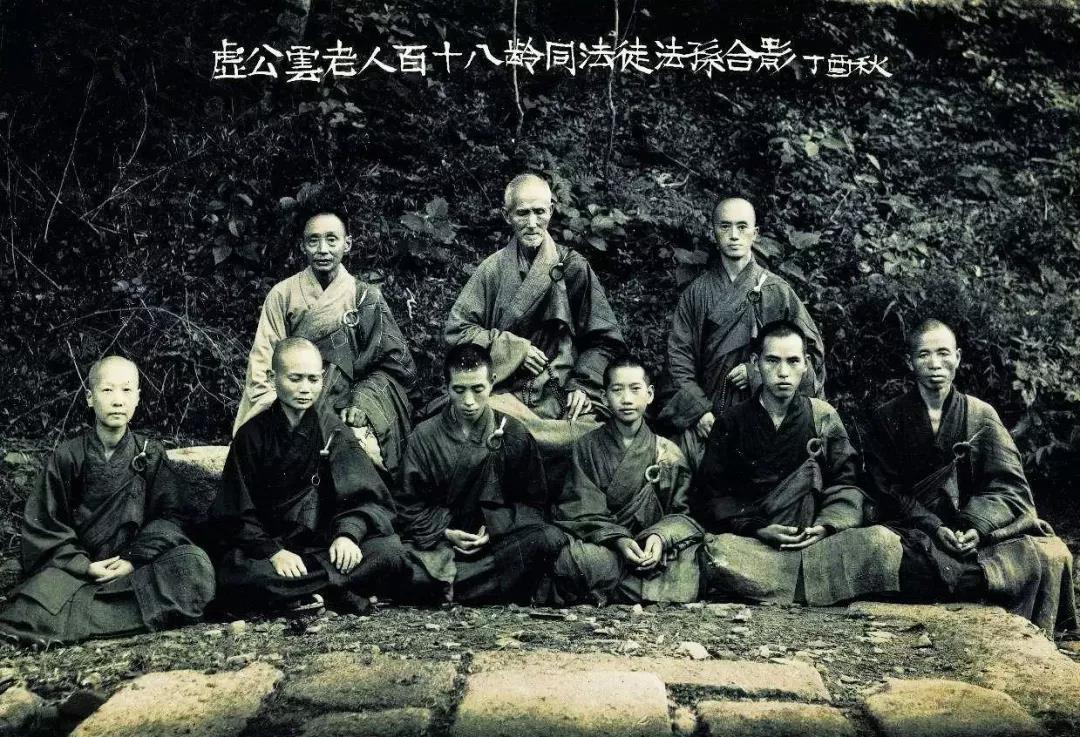
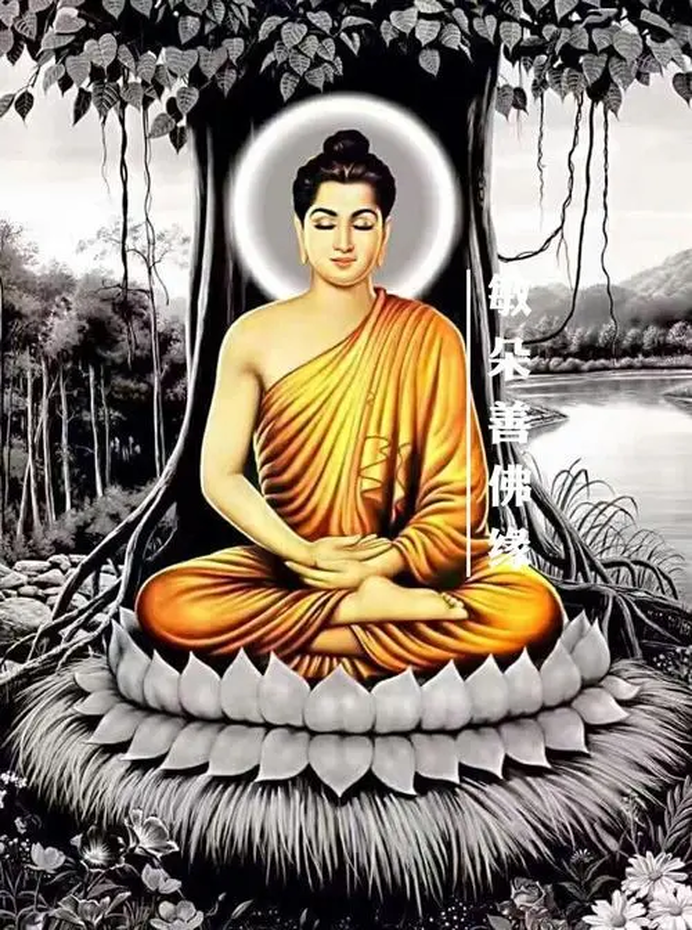
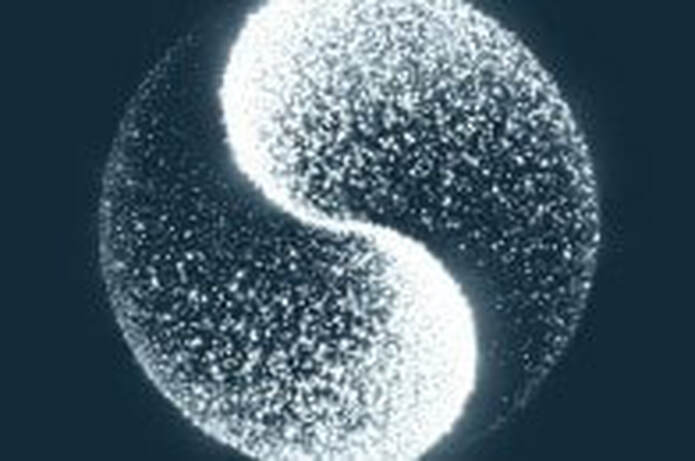
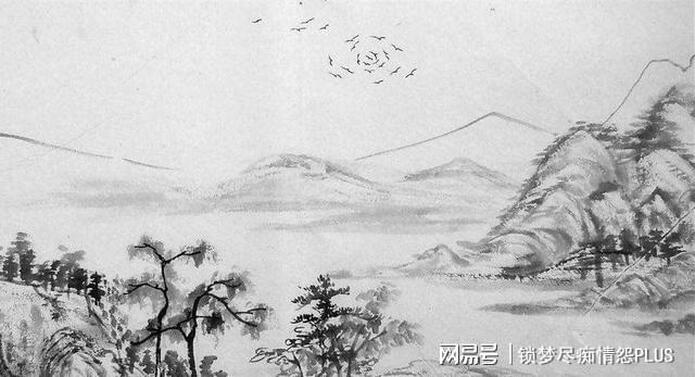
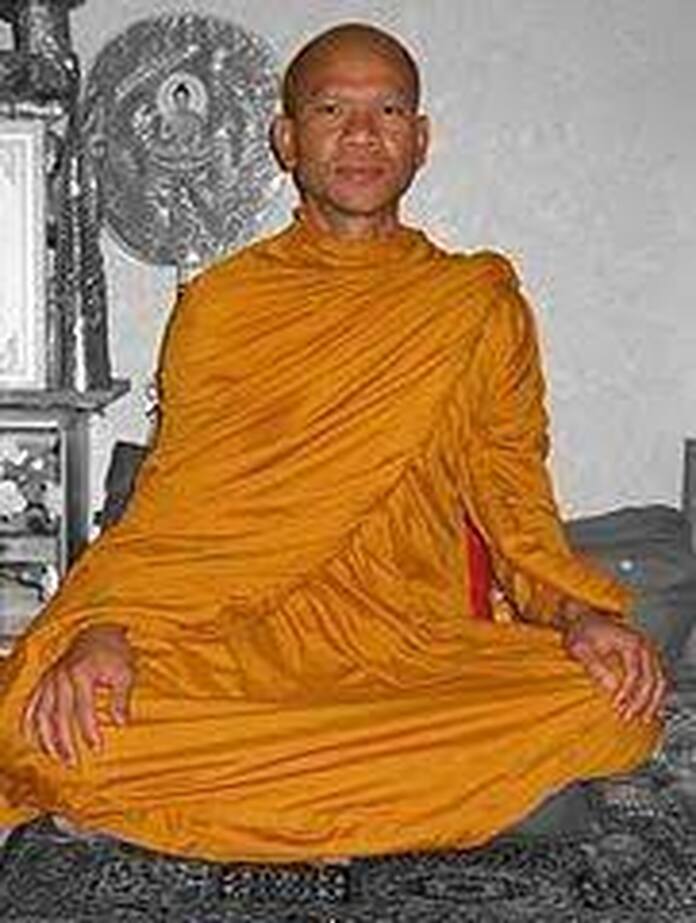
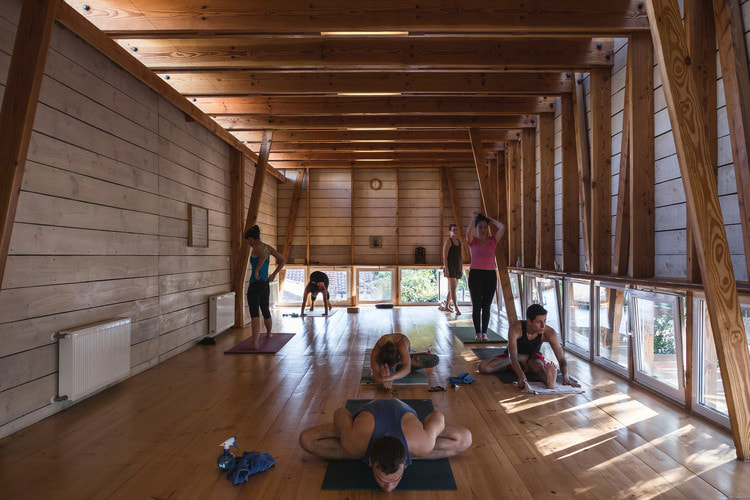
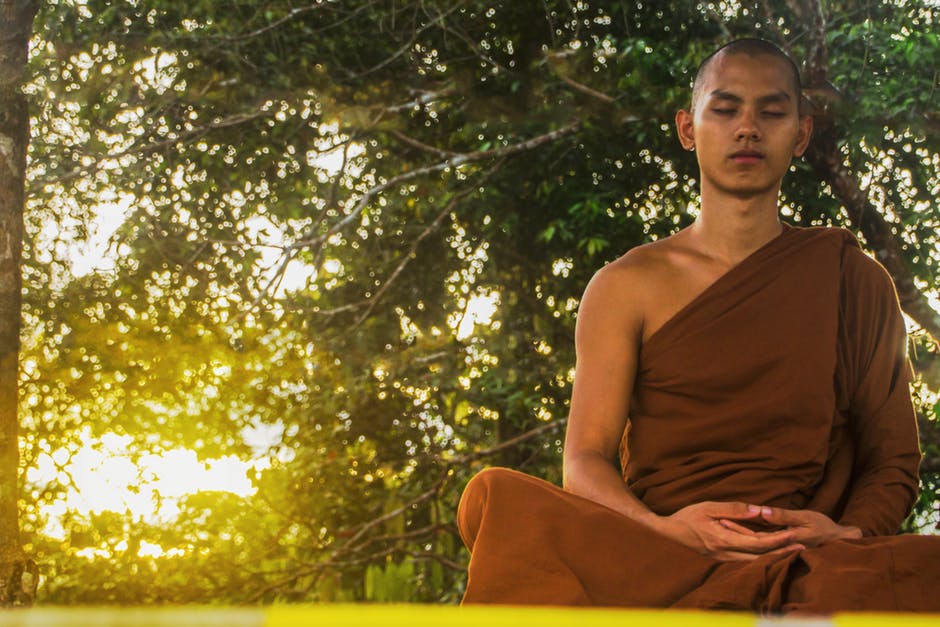
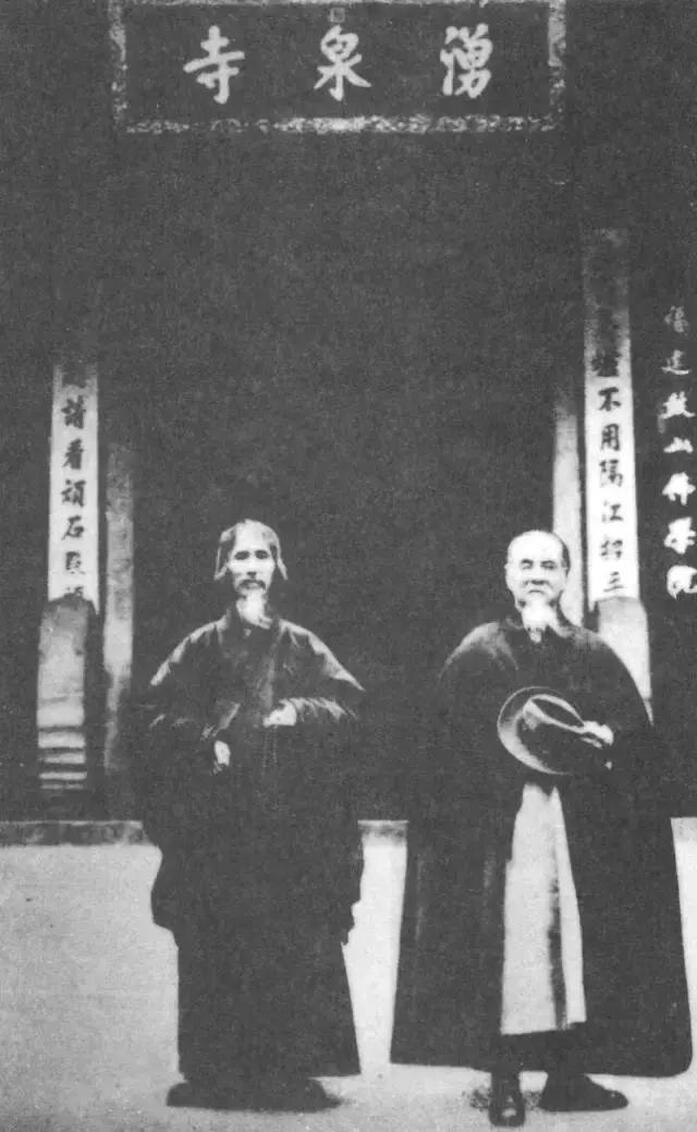
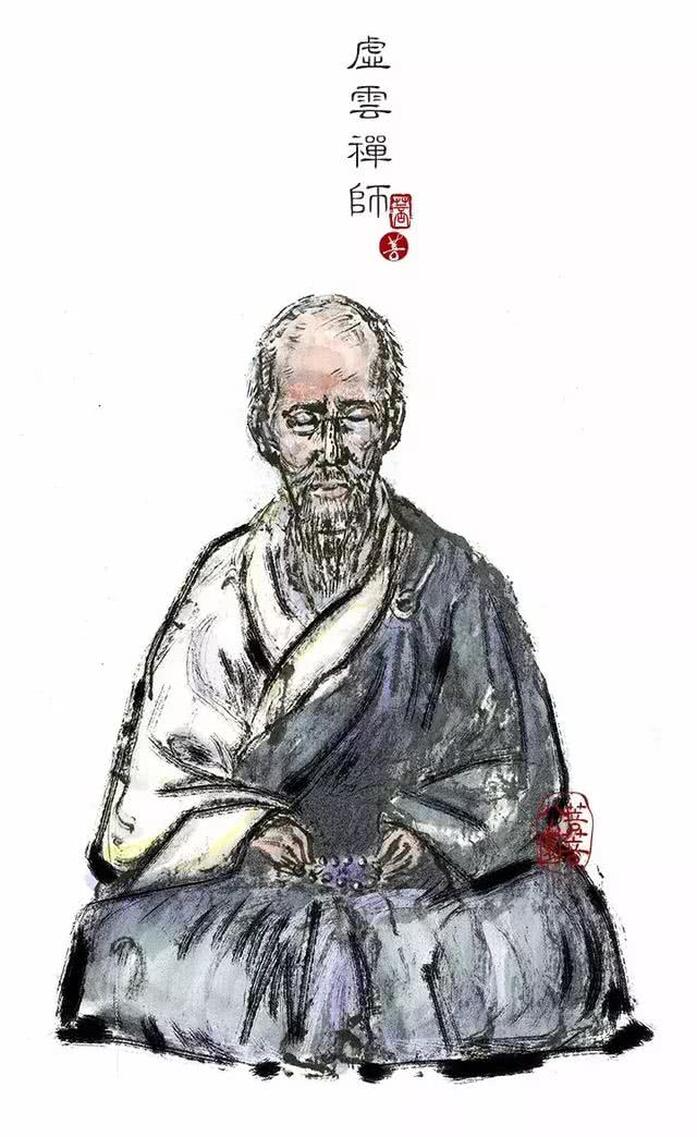
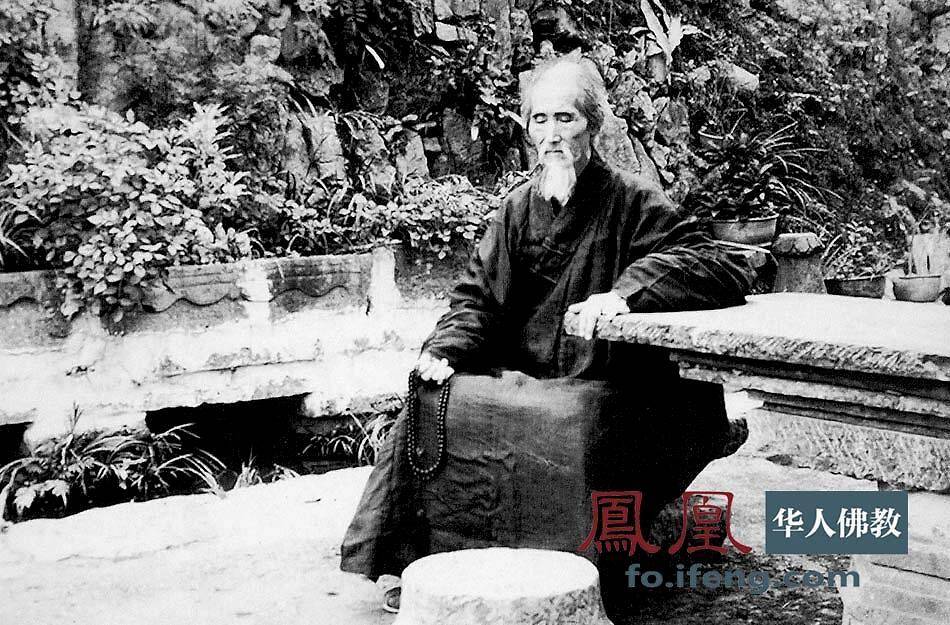
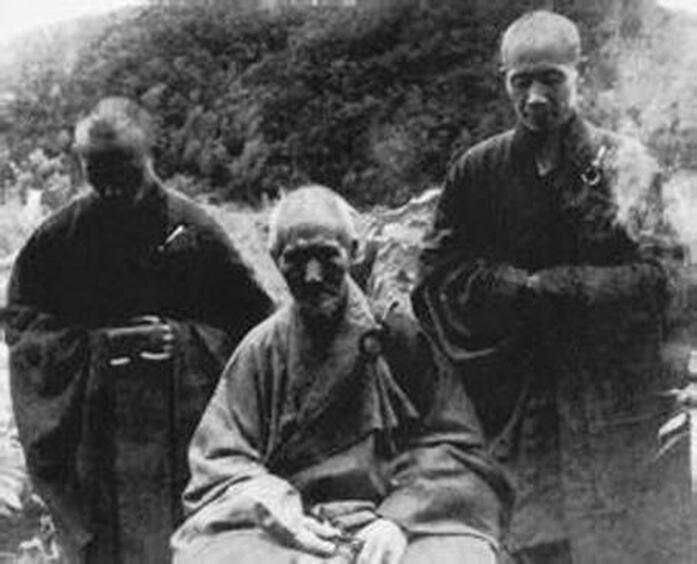
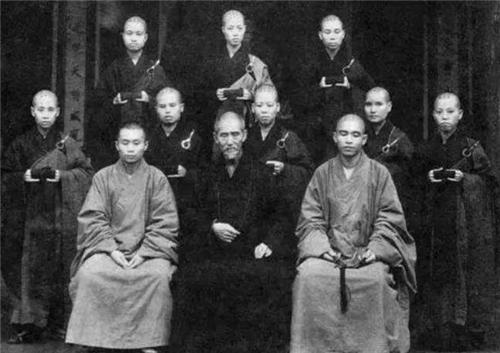
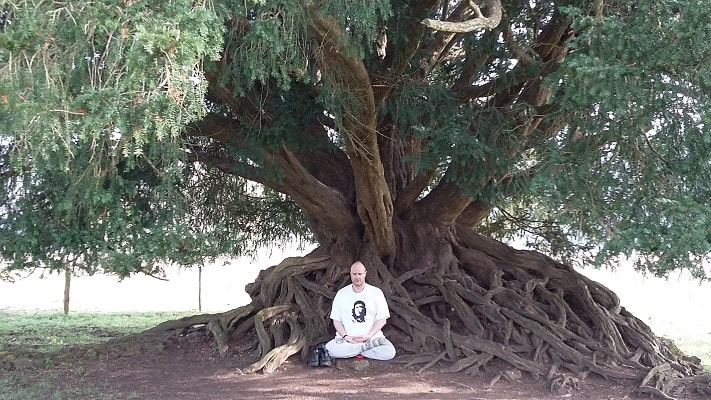
 RSS Feed
RSS Feed